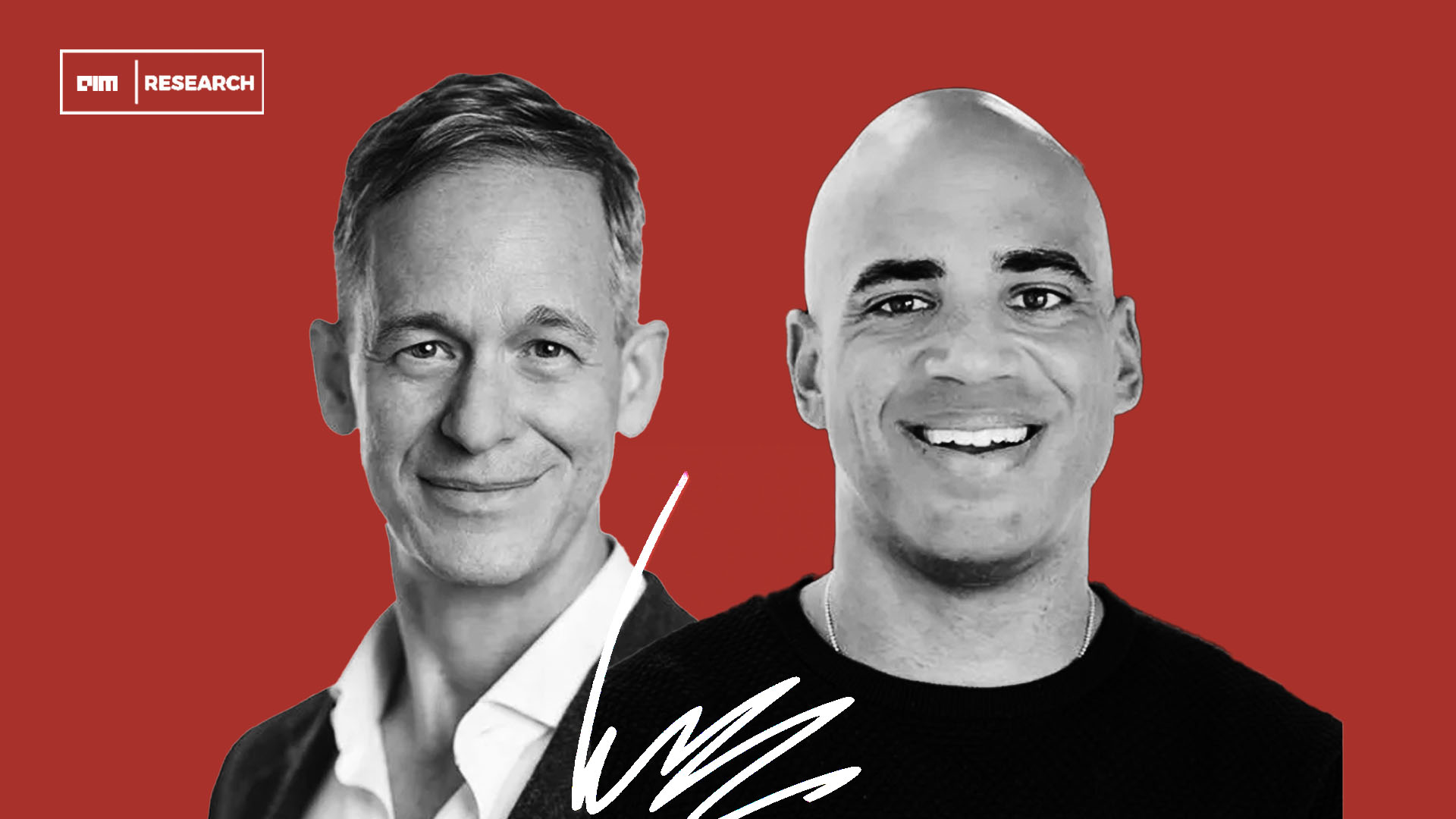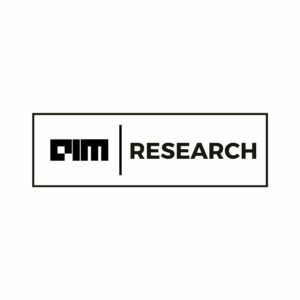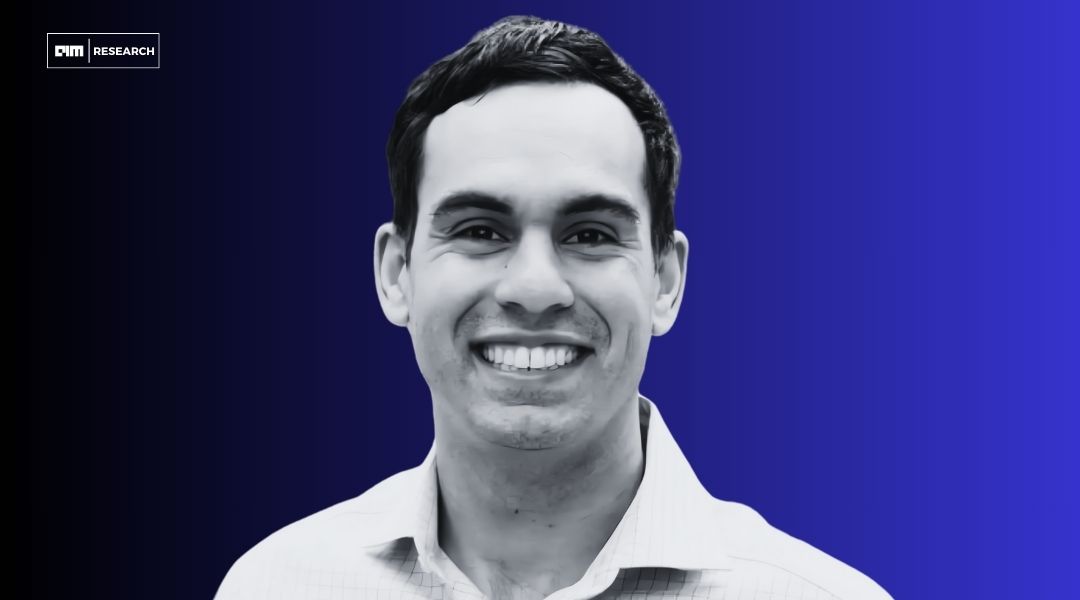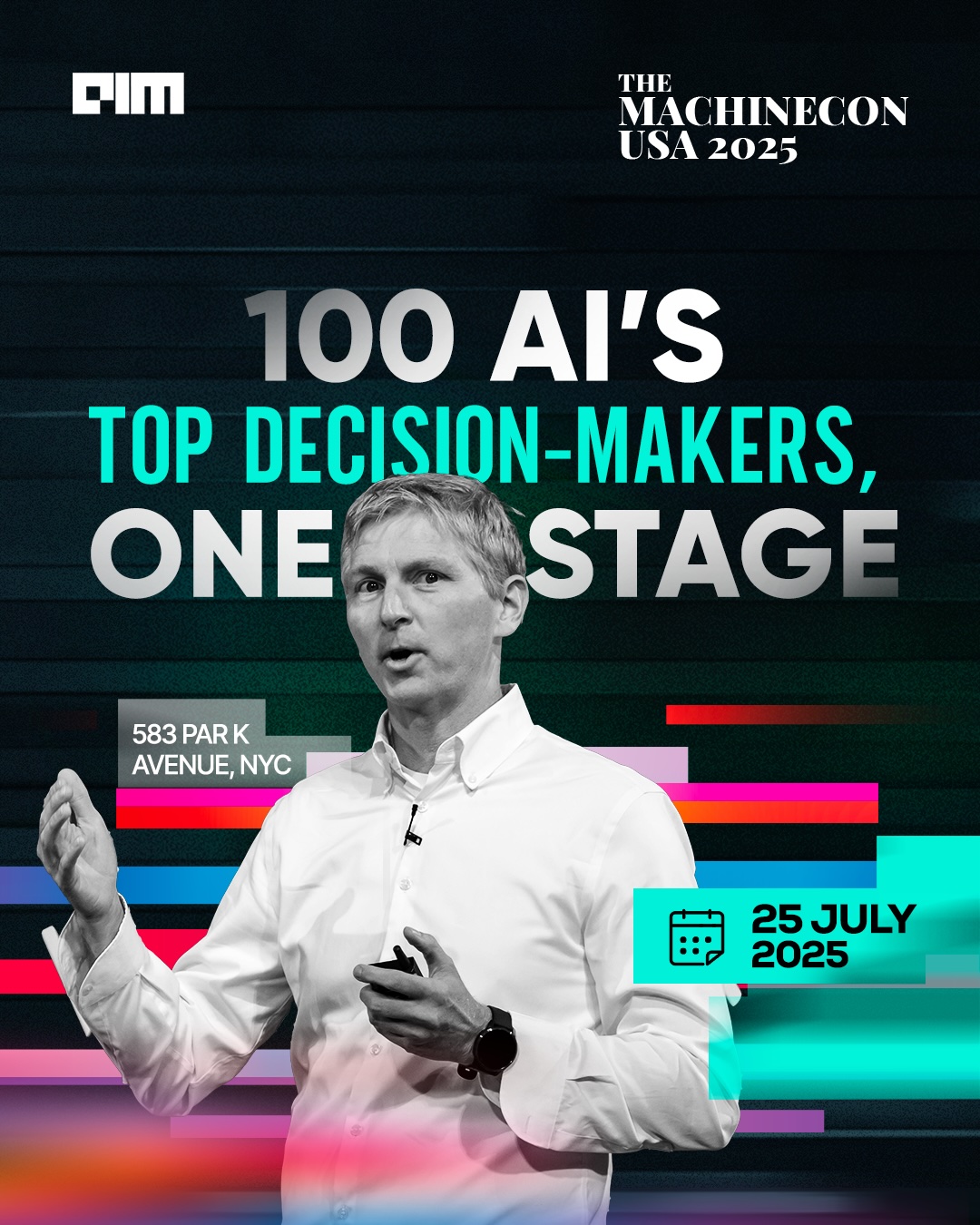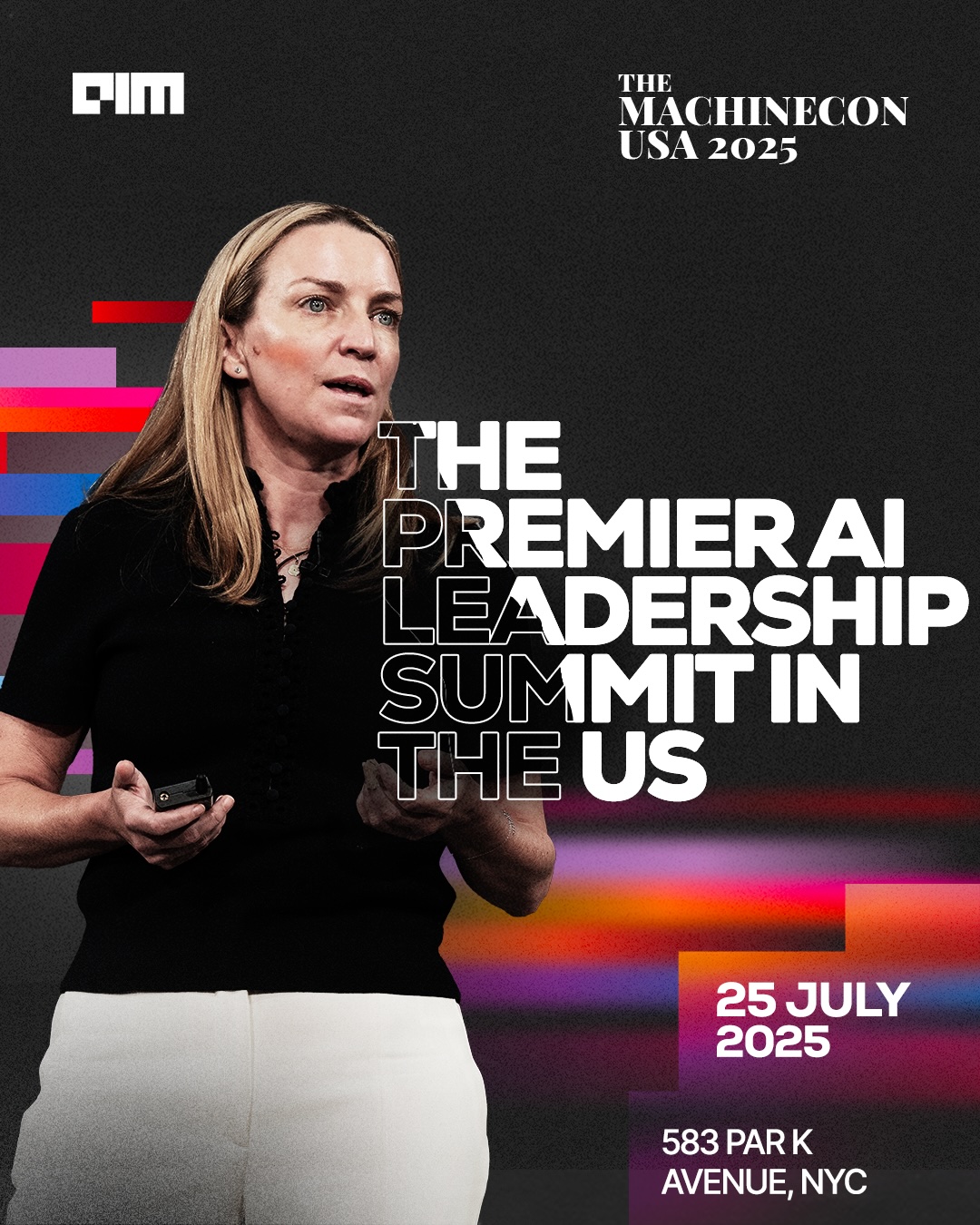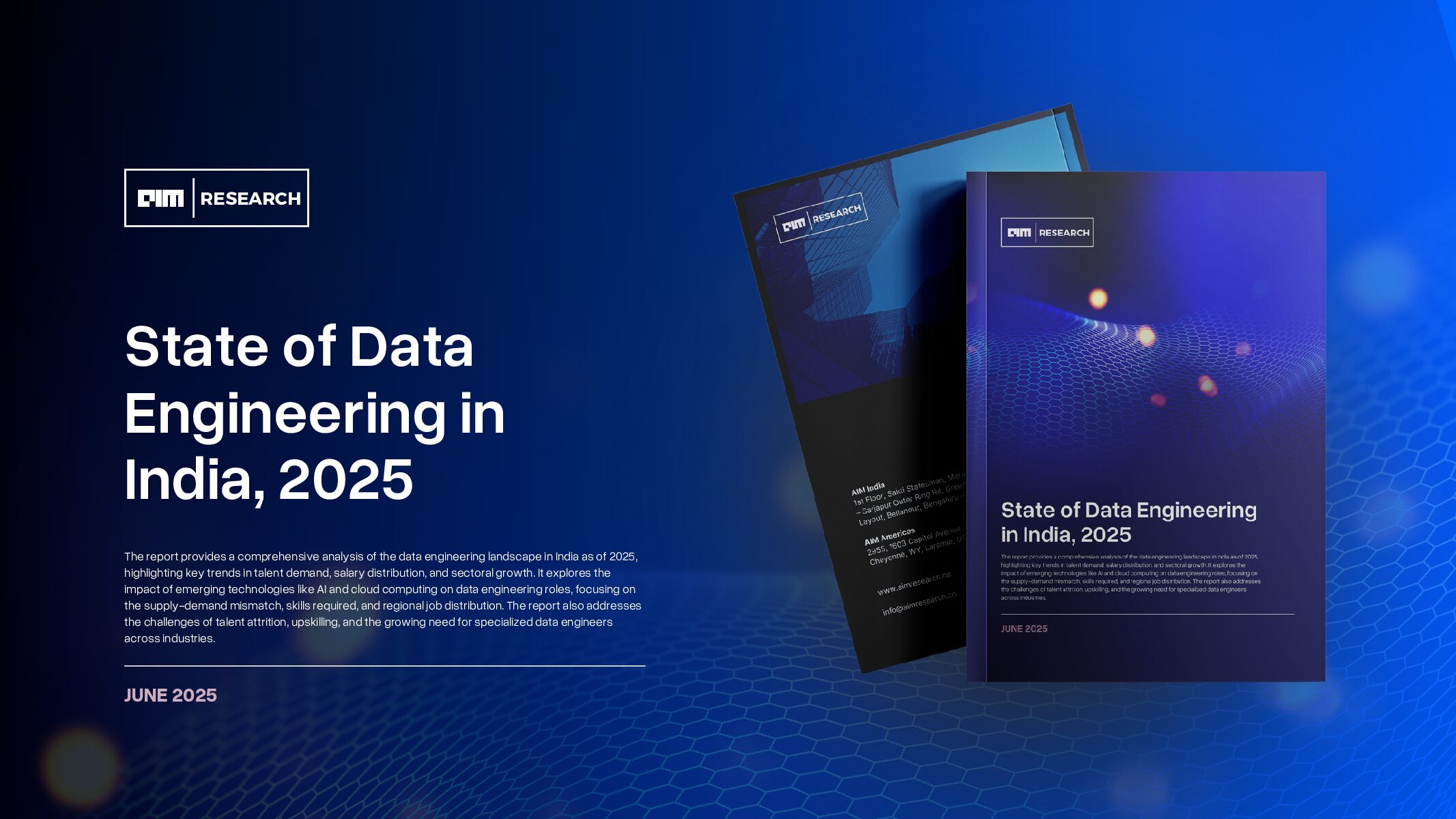In the rapidly evolving landscape of data and analytics, Chief Data and Analytics Officers (CDAOs) are confronted with the growing excitement surrounding the maturation of Artificial Intelligence (AI), particularly in Generative AI. This surge brings forth a myriad of questions and pressures from CEOs and CFOs, necessitating a nuanced playbook for effective leadership.
We had the privilege of gaining insights from Gary Cao, who generously shared his wealth of knowledge on the playbook that Chief Data and Analytics Officers (CDAOs) can follow when navigating the dynamic landscape of data and analytics. Gary is an accomplished Chief AI Officer and Chief Data & Analytics Officer (CAIO, CDAO, CAO, CDO), serves as a strategic advisor to CEOs and board members, offering expertise in analytics AI strategy. With a remarkable track record spanning 26 years across industries such as healthcare, distribution, retail, financial services, and more, Gary has excelled in building and coaching high-performance data analytics teams, driving digital transformation, and delivering substantial value of up to $50 million in incremental revenue and efficiency gains. Recognized as an industry leader, Gary’s core expertise includes AI, machine learning, data science, enterprise digital transformation, and cloud computing, making him a sought-after speaker, judge, and mentor in the analytics and AI community.
Mastering the Basics in the Face of Change
In response to the dynamic shifts within the data and analytics space, a fundamental recommendation emerges: a return to basics. In the midst of emerging technologies, there is value in revisiting foundational principles. Chasing every new trend may divert attention from establishing a resilient foundation. The strategic shift from Chief Data Officer (CDO) to Chief Data and Analytics Officer (CDAO) underscores more than a mere title change. It emphasizes a broader, strategic leadership role with a focus on alliance building and organizational transformation.
The Six Key Work Streams of the CDAO Framework
The CDAO framework comprises six interconnected workstreams, each playing a pivotal role in shaping strategic leadership:
Strategy:
In shaping our mid-term and long-term strategic plans within the unique landscape of our industry and organization, we recognize the pivotal role of advancing data and analytics AI capabilities. This becomes a driving force for Chief Data and Analytics Officers (CDAOs), necessitating the translation of these strategic priorities into tangible short-term and mid-term objectives, coupled with precise metrics.
Navigating this strategic journey involves posing critical questions:
Current State Assessment:
Where do we stand in data and analytics capabilities? Evaluate existing infrastructure, processes, and technology comprehensively.
Future State Vision (3-5 Years):
How do we envision our data and analytics capabilities in the next 3-5 years? Align a clear, aspirational vision with strategic objectives.
Gap Analysis:
What gaps exist between our current and envisioned future state? Identify roadmaps for targeted improvements.
Action Plan and Milestones:
What tasks and milestones propel us from the current to the desired future state? Establish a detailed plan for measurable progress.
Resource Requirements:
What resources are essential for success? Acquire or develop leadership, technical talent, budget, infrastructure, tools, and data resources.
Investment Budget Determination:
What’s the appropriate investment level for these initiatives? Understand budgetary needs for transformative endeavors.
Outcome Measurement and Timeframe:
How do we measure success, and over what timeframe? Define clear outcome measurements and a timeframe for accountability and improvement.
Organizational Structure Optimization:
What’s the optimal structure for our data and analytics goals? Ensure internal structure aligns with strategic priorities, with an annual adjustment plan.
Governance Framework:
What governance structure guides our initiatives? Establish effective oversight, progress review, and strategic guidance, be it through a steering committee or advisory body.
This structured approach defines our strategic roadmap and ensures agile adaptation, allowing our data and analytics capabilities to evolve with marketplace dynamics.
Value Delivery:
This workstream is the response to a critical query from top stakeholders and influencers: “What recent value have you delivered for us?” It’s about addressing the core concern: “What’s in it for me?” While cultivating partnerships with CFOs and COOs, the imperative is to translate strategic priorities into tangible business use cases. This involves meticulously scoping out projects, aligning necessary resources and skill sets, and ensuring the delivery of anticipated outcomes.
Maintaining a dynamic portfolio of key projects each quarter becomes the focal point, enabling CDAOs to concentrate on actionable steps and tangible results. To uphold a steady cadence, scheduling biweekly or monthly status updates and actively collecting feedback becomes paramount. Moreover, conducting quarterly reviews with the executive leadership team, led by the CEO and potentially involving the board of directors, serves as a strategic forum. This not only promotes the significance of the initiatives but also enhances visibility, reinforcing the strategic role of the CDAO in the organization.
Data:
Led by a data resource management leader under the CDAO’s purview, this workstream prioritizes data quality, definition, cataloging, and process standards. The emphasis is on ensuring that data resources remain relevant, accessible, and trustworthy. Within this framework, we integrate a comprehensive enterprise-wide data fluency program, encompassing data literacy and governance.
The ultimate objectives of this workstream are data resource monetization and commercialization. However, the critical bottleneck for delivering value lies in the effectiveness and user-friendly nature of data management, with a specific focus on use-case readiness. Notably, the recent strides in AI, especially in Generative AI, signal promising breakthroughs in the years ahead.
This workstream has undergone in-depth exploration within our professional circles, reflecting its significance in the evolving landscape of data and analytics.
Technology and Techniques:
Managing the Tech workstream presents challenges but is comparatively more navigable due to extensive investments and experience over recent decades. This component encompasses critical elements like infrastructure, network, security, and access. Additionally, it includes the DataOps workflow, ensuring smooth operational data storage, extraction, loading, and transformation. Operational and compliance reports, interactive data visualization dashboards, data catalog interfaces, low-code/no-code data science solutions, and the integration of machine learning operations (MLOps) and data science techniques are integral parts. The inclusion of Generative AI infrastructure and mechanics further emphasizes the dynamism and innovation within this crucial workstream.
Processes:
The workstream encompasses three crucial components:
Agile Project Management:
While Agile methodology isn’t a silver bullet, we recognize its importance. Combining agility with the traditional linear waterfall approach guides the daily activities of the CDAO team.
Change Management:
Documenting changes, effective communication of upcoming changes, and proactive resolution of anticipated issues are at the core of this component. Ensuring a seamless transition is paramount.
Internal Communication:
Proactively summarizing recent accomplishments, articulating the significance of our work to various stakeholders through compelling narratives, and implementing robust impact measurement strategies define our approach to internal communication. This ensures transparency and highlights the meaningful contributions of our endeavors.
People:
This workstream encompasses critical elements essential for our success:
Talent Management:
Focusing on the talent pool involves strategic efforts in acquisition, retention, development, coaching, mentoring, and career mapping. It extends to fostering growth, ensuring productivity, promoting a sense of belonging, and facilitating rotation and lateral movement for a diverse and dynamic workforce. Sustainable engagement remains a key focus.
Collaboration with Human Resources:
Our close collaboration with human resources teams is centered on upskilling training, designing comprehensive career portfolios, and establishing functional job families. This partnership ensures the continuous growth and adaptability of our workforce.
Building Stakeholder Relationships:
Establishing and nurturing relationships and trust with key stakeholders, including sponsors, allies, early adopters, advocates, and beneficiaries, form the foundation of our collaborative success. These connections are instrumental in achieving our strategic objectives.
Engaging External Partners:
Collaborating with external partners is integral to our holistic approach. This involves working with service vendors, colleges for talent pipeline development, government agencies for compliance and collaboration, and non-profit organizations for social impact initiatives. This external engagement enriches our ecosystem and contributes to our broader organizational goals.
CDAO’s Dilemma Between Short-Term Gains and Long-Term AI Development
We asked Gary Cao, for his opinion on how CDAO balances short-term objectives with mid-term and long-term strategic priorities. Below are his answers.
Short-term objectives are generally focused on the second workstream to quickly establish credibility: interview P&L owners (business division leaders with specific annual operating objectives and the associated budget), understand the priorities and pain points, identify the top 3 things we can do in the next 1-2 quarters, and bring in a special force team (cross- functional, 3-6 people). Agility is a key factor here to quickly deliver value, start small, move quickly, and scale fast. A sharp focus on being responsive and providing the best service to your sponsors.
If any of the newly available tools such as Generative AI can help with speed and efficiency, use them in the right context and use cases, such as
- customer service, technical documentation,
- large volume data intake,
- natural language processing to exact quick summary, and
- automating manual and time-consuming tasks for data processing.
Mid-term priorities require more attention on strategy setting on the overall action plan.
- Set up a sustainable tech stack (with flexibility to evolve and best feature/cost ratio) and
- build an internal alliance with finance and operations (to establish a baseline, estimate ROI of projects, measure and track the outcome; as well as leading the necessary process change and behavior change on the operational side to implement the recommendations based on analytics insight).
- Also need to discuss “build or buy” on the emerging new tools utilizing Generative AI.
Longer term priorities:
- Talent acquisition, development, rotation, coaching, upskilling, succession planning,
- 3-5 year tech infrastructure review and architecture
- Data fluency program: continuous education and training, community building
Bringing it All Together: Assessing Organizational Maturity
Following the identification of the six workstreams, the next step involves placing them within the context of organizational capability maturity levels. CDAOs have the option to conduct their assessments or leverage external resources, such as IIA or Gartner, to gather comprehensive information. The outcome is a detailed understanding of gaps and actionable recommendations, facilitating continuous improvement.

In this complex symphony of data and analytics leadership, the CDAO’s playbook stands as a guide, helping navigate challenges and steer organizations toward success in a constantly evolving landscape.
CDAO’s Challenge: Effective Data Management in the Age of Generative AI
Gary also gave us insights into how CDAO’s in the age of Generative AI need to manage data efficiently and effectively. He says, “I suggest that we bypass the large-scale MDM tech project, instead focus on smaller scale data catalog tools with the lowest cost possible and narrow the scope and focus on 1-2 use cases (or functional area). Data resources (like specific datasets or data marts) should be designed and delivered / released / maintained / updated as a product with a frequent upgrade (could start at monthly or quarterly but move to biweekly or weekly).
If you do not have a product manager (translator who can fluently speak languages in tech, data, and analytics, linking directly to business), hire one or develop an internal candidate to play such a role.
Keywords here are: service and value. Service means being responsive, respecting the requests from sponsors or internal / external customers, and responding and acting quickly. Value means you know which tasks give you the best ROI in the shortest time frame, you have a metric to measure your service’s impact.
Overall, treat the work with a sense of urgency and accountability (as if you are the owner of the business, if you do not provide the best possible service and value, you will lose the customer and close the business). If the incentive structure or organizational structure does not lead to this mind set, change them as needed.”
In conclusion, we wanted to understand the CDAO’s Blueprint for Sustainable Engagement in the Talent Pool, Harmonizing Productivity and Well-being.
He mentions, “We heard this statement: Culture is more important than Strategy. CDAOs need to be authentic leaders, with confidence, vision, curiosity, humility, empathy, and a sense of urgency. Talented team members will be attracted by such leaders. Most data and analytics professionals are focused on solving technical and business problems, so the team culture could be a bit dry. That is why it’s important to build a team with diverse talents: achievers, team builders, collaborators, fun-loving pranksters, advocates, protectors, connectors, and teachers.
Building a community of people who respect each other, with trust and confidence in each other, willing to collaborate and to be vulnerable, always assuming positive intention from the others, and searching for meaning in work and life.
CDAOs are not technical leaders, but a cultural change agent, a role model, a coach, and a business owner (treating the CDAO team as a startup business). The idea is to enable team members to grow and become the better version of themselves, to leave the place in better shape than when they first joined. We cannot assume people will stay for a long time, what we can do is to do our best to create the best possible environment so we can minimize our future regret.”
